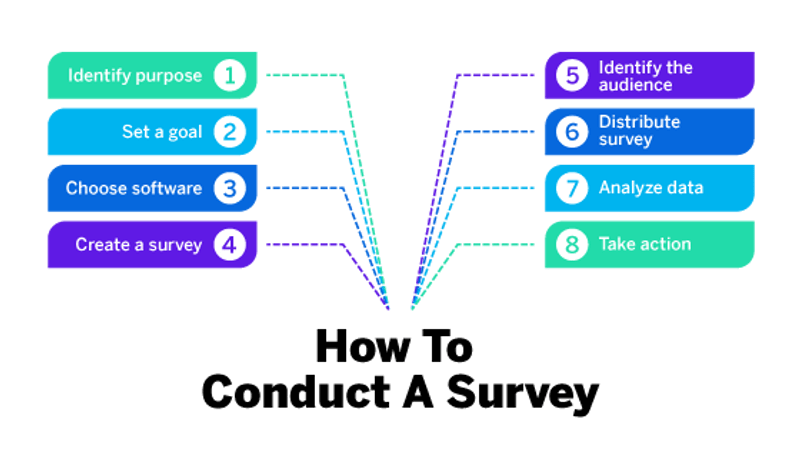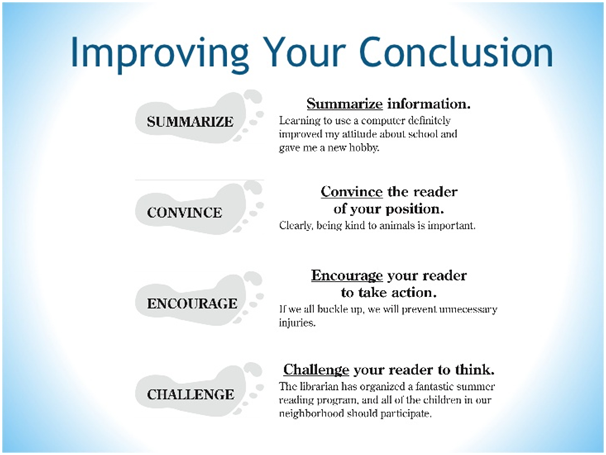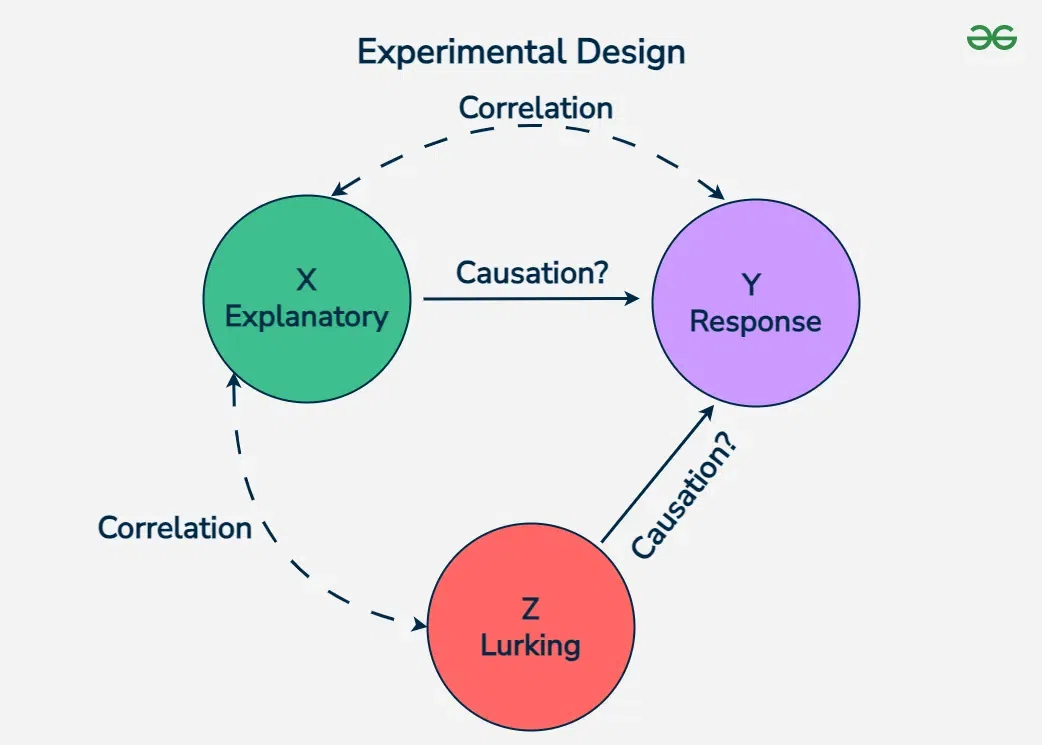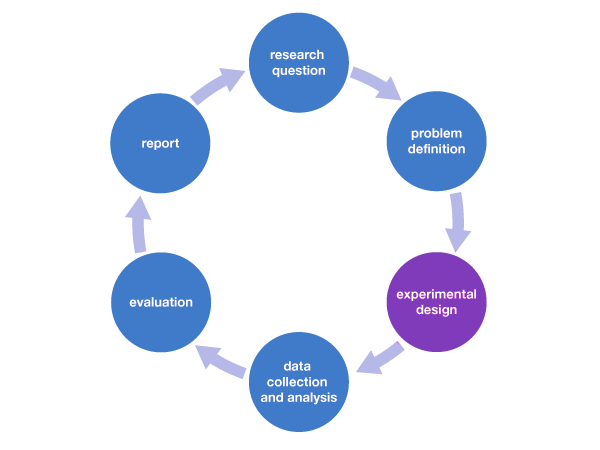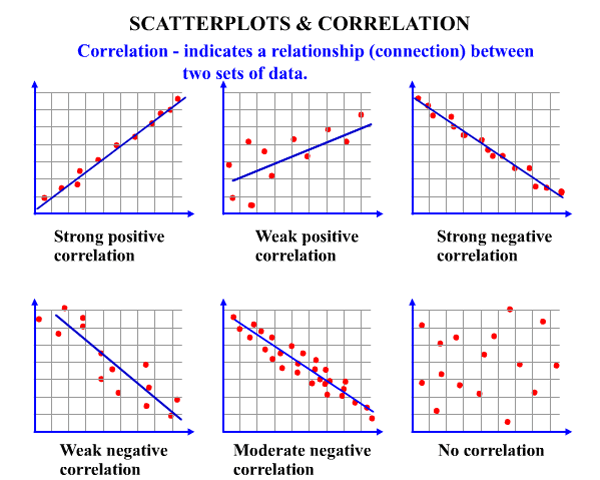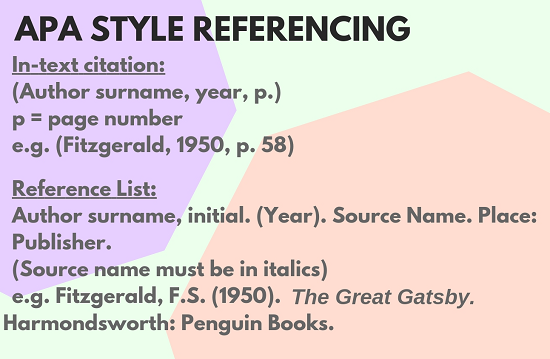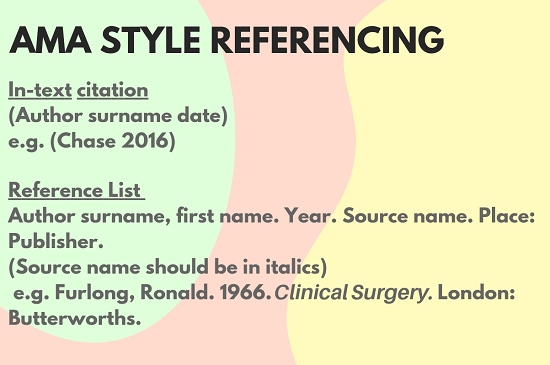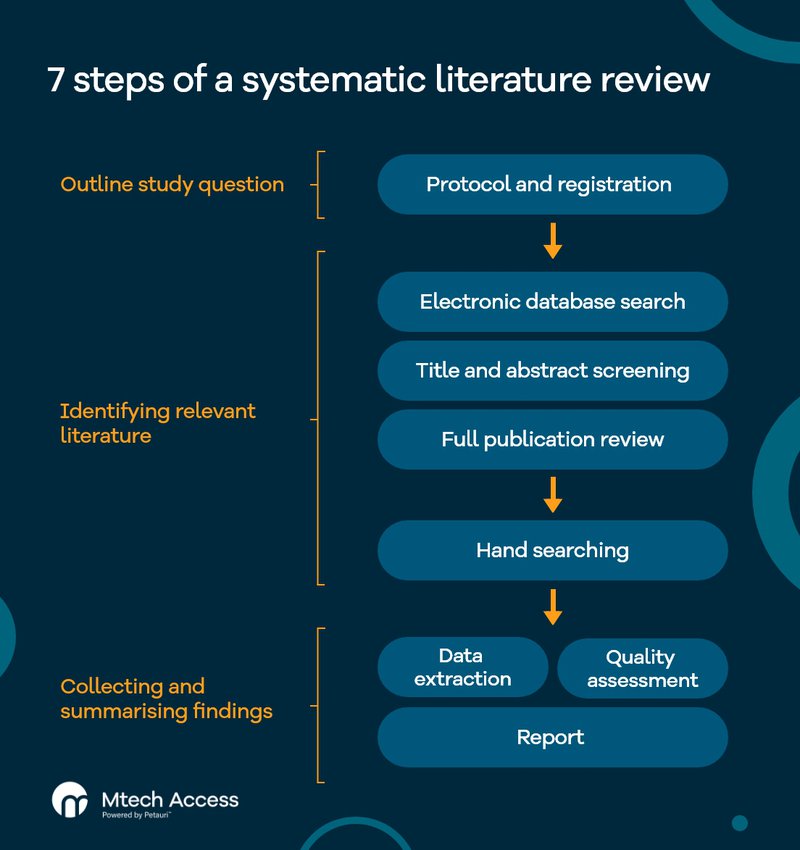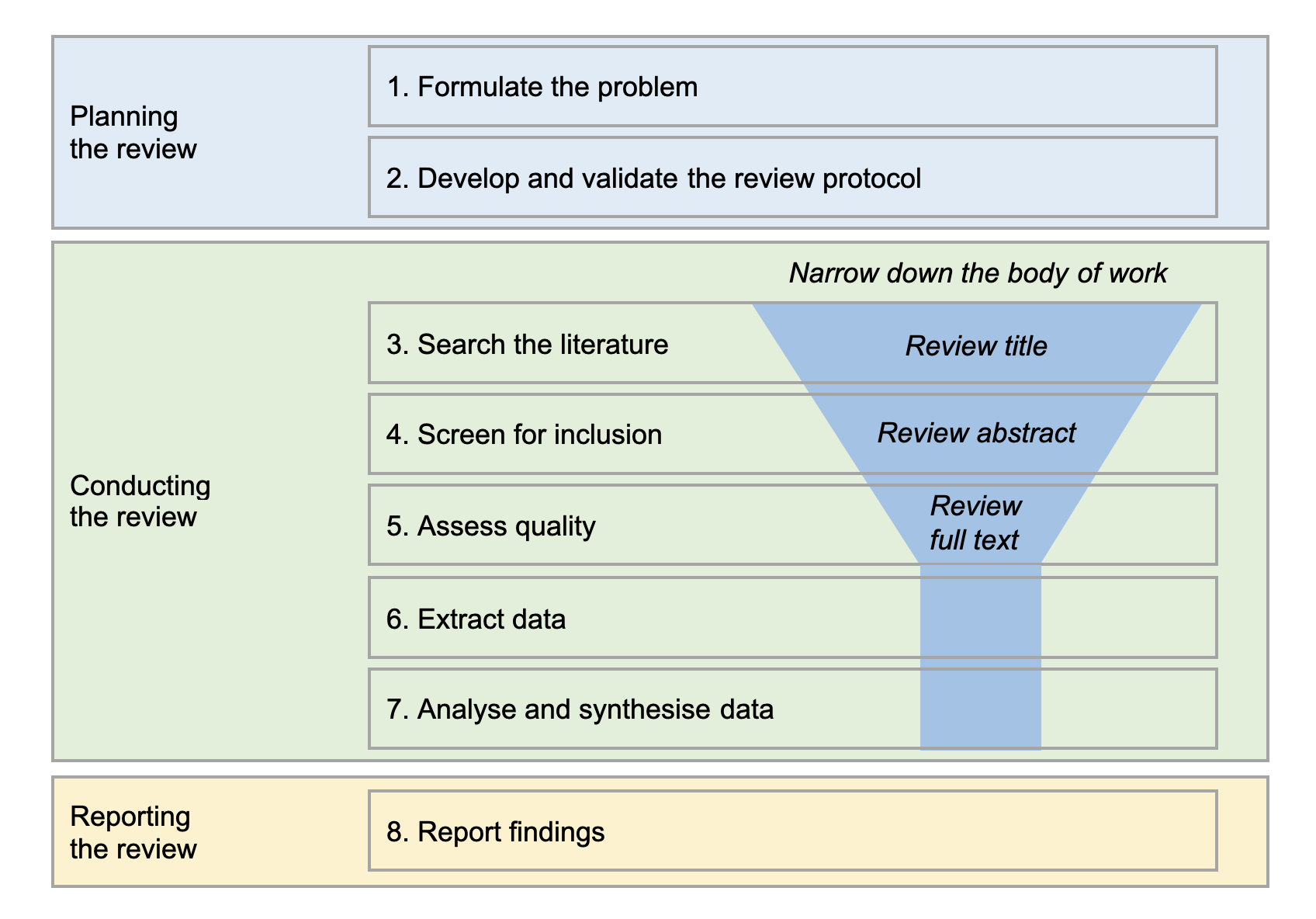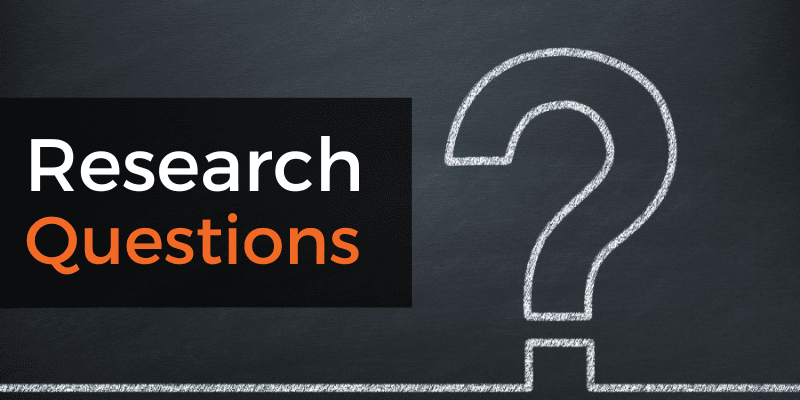How to Conduct a Survey: Introduction and Overview|2025
/in General Articles /by BesttutorLearn how to conduct a survey effectively. Discover essential steps for designing questions, selecting participants, collecting data, and analyzing results for impactful research.
Surveys are a crucial tool in gathering data and insights in various fields, including research, business, education, and social sciences. They allow researchers to collect information from a sample of individuals, which can then be analyzed to draw conclusions about a larger population. Conducting a survey effectively requires careful planning, clear communication, and a systematic approach. One of the most important aspects of any survey is the introduction and overview, which sets the stage for the participants and helps them understand the purpose of the survey. This paper explores the significance of a survey introduction and overview, providing sample texts and examples to illustrate how to craft these crucial elements.
What is a Survey Introduction?
The survey introduction is the first point of contact between the researcher and the participant. It serves to establish the context of the survey, explain its purpose, and provide participants with important details about their involvement. A well-written introduction helps participants understand the nature of the survey and encourages them to provide accurate and honest responses. It also addresses any ethical considerations, such as confidentiality and consent.
In the context of research, the introduction is often the first opportunity for the researcher to establish trust with the participants. The tone, language, and clarity of the introduction can have a significant impact on the success of the survey. If participants feel that the survey is unclear, too time-consuming, or intrusive, they may be less likely to complete it or provide thoughtful answers. Therefore, a strong introduction is critical to the overall effectiveness of the survey.
The Importance of the Survey Overview
The survey overview is typically a section that follows the introduction. It provides more detailed information about the structure of the survey, what participants can expect, and how their responses will be used. The overview should include a brief description of the survey’s format (e.g., multiple-choice questions, open-ended questions), the expected time commitment, and any instructions on how to navigate the survey.
A well-crafted survey overview reassures participants and helps them prepare for the task at hand. It also serves to clarify any logistical or technical aspects of completing the survey, such as how to submit responses or whether they need to answer all questions.
For instance, if the survey is part of a research project, the overview should explain the study’s objectives and how the data will contribute to the research. If the survey is for customer satisfaction, the introduction and overview should emphasize the importance of the participants’ feedback in improving services or products.
How to Conduct a Survey: Introduction and Overview in Research
In research, surveys are often used to gather data for hypothesis testing, opinion polling, market research, or evaluation studies. When crafting a survey introduction and overview in the context of research, it is essential to convey the research objectives clearly. Participants need to understand why their input is valuable and how it will contribute to the research findings.
The following are key components of a research survey introduction and overview:
- Purpose of the Survey: This should be a brief statement explaining the primary objective of the survey. For example, “This survey aims to explore students’ attitudes towards online learning.”
- Confidentiality and Consent: It is important to assure participants that their responses will be kept confidential and anonymous. Researchers should also obtain consent by informing participants that their participation is voluntary and that they can withdraw at any time.
- Instructions for Participation: Provide clear instructions on how to complete the survey, such as how to navigate through the questions and the expected time commitment.
- Contact Information: Include contact details in case participants have questions or concerns about the survey.
- Thank You Note: Conclude the introduction with a note of appreciation for the participants’ time and input.
Sample Research Survey Introduction and Overview
Introduction:
Thank you for agreeing to participate in our survey. We are conducting a research study to understand the impact of remote work on employee productivity. Your participation is voluntary, and all responses will be kept confidential. The survey should take approximately 15 minutes to complete, and your input will provide valuable insights into our research.
Overview:
This survey consists of 20 questions, including multiple-choice and short-answer formats. Please answer each question based on your personal experiences and opinions. You are free to skip any questions you feel uncomfortable answering. If you have any questions or concerns, please contact [Researcher’s Name] at [email address]. Thank you for your time and contribution to this important study.
Survey Introduction Sample for Students
When conducting surveys for academic purposes, it is important to create an introduction that resonates with the student population. Students may be more likely to engage with a survey if the introduction is clear, concise, and relevant to their interests or experiences. Whether the survey is part of a class project or a broader research study, the introduction should be tailored to the student audience.
Sample Survey Introduction for Students
Introduction:
Hello! This survey is part of a study on the effectiveness of study habits among college students. We would love to hear your opinions on your study routines, preferred learning methods, and academic challenges. Your responses will help us better understand how students approach their studies and will be used to improve educational strategies. The survey will take approximately 10 minutes, and all answers are anonymous. Your participation is voluntary, and you may skip any questions you don’t wish to answer.
Overview:
This survey includes both multiple-choice and short-answer questions. Please answer each question based on your own experiences. If you have any questions about this survey or would like to withdraw from the study, please contact [Instructor’s Name] at [email address]. Thank you for your time!
Survey Questionnaire Introduction Sample
In addition to the general introduction, many surveys also include a specific questionnaire introduction. This is especially important in surveys with multiple sections or varied question formats. The questionnaire introduction should clearly state the structure of the survey and guide participants on how to approach each section.
Sample Survey Questionnaire Introduction
Introduction:
Thank you for participating in our survey on consumer preferences for online shopping. This questionnaire will help us understand your buying behaviors, preferences, and challenges when shopping online. The survey consists of three sections: general demographic questions, shopping habits, and product preferences. Each section includes multiple-choice and Likert scale questions. Please answer as honestly and thoroughly as possible.
Overview:
The survey will take approximately 15 minutes to complete. You can skip any question if you do not feel comfortable answering it. Your responses are completely anonymous and confidential. If you have any questions, feel free to contact [Survey Coordinator’s Name] at [email address].
Customer Satisfaction Survey Introduction Sample
Customer satisfaction surveys are essential tools for businesses seeking to improve their products, services, and customer experience. The introduction of a customer satisfaction survey should reassure participants that their feedback is valued and will contribute to the company’s efforts to enhance its offerings.
Sample Customer Satisfaction Survey Introduction
Introduction:
Thank you for taking the time to provide feedback on your recent experience with our company. We are committed to delivering the best possible service, and your input will help us identify areas for improvement. This survey will take approximately 5 minutes to complete. Your responses are anonymous, and your participation is entirely voluntary.
Overview:
The survey includes questions about your overall satisfaction, product quality, and the level of customer service you received. Your honest feedback will help us enhance our products and services. If you have any questions or concerns, please contact our customer support team at [email address].
Research Survey Introduction Example
In research, it is important to craft an introduction that is not only informative but also respectful of participants’ time and privacy. An ideal research survey introduction combines clarity, transparency, and professionalism. Here is an example of how to create a research survey introduction.
Sample Research Survey Introduction Example
Introduction:
Thank you for participating in this research survey on mental health and well-being. The purpose of this study is to explore the relationship between daily habits and mental health outcomes in adults. Your participation will provide valuable insights into how lifestyle choices can impact mental well-being. The survey will take approximately 10 minutes to complete, and all responses will be kept confidential.
Overview:
This survey consists of 15 multiple-choice and short-answer questions. You are encouraged to answer all questions based on your personal experiences. Participation is voluntary, and you can withdraw from the study at any time without penalty. If you have any questions or concerns, please contact [Researcher’s Name] at [email address]. Thank you for your contribution to this important research.
Conclusion
In conclusion, the survey introduction and overview are fundamental components of the survey process. They help establish the purpose and context of the survey, build trust with participants, and ensure that the data collected is valid and reliable. By providing clear instructions and addressing ethical considerations, a well-written survey introduction encourages participation and fosters a positive respondent experience. Researchers, educators, businesses, and organizations should take the time to craft thoughtful and engaging introductions that set the stage for a successful survey. The examples and samples provided in this paper demonstrate the versatility of survey introductions, whether for research, student surveys, customer satisfaction, or other purposes.
Needs help with similar assignment?
We are available 24x7 to deliver the best services and assignment ready within 3-4 hours? Order a custom-written, plagiarism-free paper




